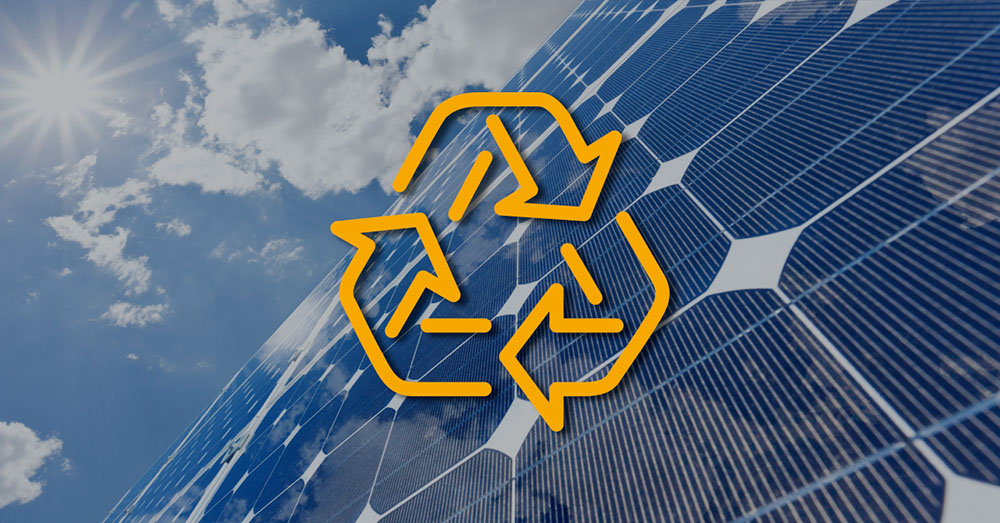What happens to solar equipment at the end of its useful life? Learn how existing and new recycling initiatives support the ongoing sustainability of solar.
The State of Solar Recycling Today
In the early 2000s, the US solar market had less than 5 GWdc of installed capacity. Today, that number has grown significantly to around 235 GWdc, and solar has emerged as the country's leading source of new electricity generation. As the industry continues to grow, many are beginning to wonder what will happen to the outdated equipment that will inevitably accumulate.
The answer? Recycle it, of course!
Simple supply chains for the recycling of solar equipment already exist today. When SunPeak encounters defective, damaged, or obsolete components, we send them to reputable electronics recyclers for proper disposal. Recycling solar modules involves extracting various components that are commonly reused, such as aluminum, glass, and plastic. With aluminum and glass alone accounting for over 80% of a solar module by weight, recycling and reusing these materials eliminates a significant amount of end-of-life waste.
The Value of Precious Metals
Although the majority (by weight) of the solar module can be recycled, modules also contain silicon and trace amounts of precious metals like silver and copper that give the module its electricity-generating properties. Extracting these materials is more challenging. The current supply of obsolete solar modules is limited, so the extraction process is still rather niche, expensive and uncommon.
Thankfully, recycling techniques are evolving quickly. Even though silver and copper account for less than 3% of the weight of a solar module, these materials account for about 60% of its recycled monetary value. As the quantity of solar waste (and economic opportunity) grows, recyclers will be able to introduce economies of scale to the process, reducing their costs to capture the hidden mineral value on obsolete modules.
Notably, the value of recycled silver is expected to increase significantly as the demand for solar equipment continues to rise. Currently there is not enough raw silver available to meet the projected demand for solar equipment. A market for recycled silver will inevitably blossom to meet the shortfall in raw supply, with recyclers being at the forefront of these transactions.
Total Module Recycling
This industry shift towards total module recycling is playing out in real time. In 2023, the world’s first factory entirely dedicated to total module recycling opened in Grenoble, France. The facility, run by the company ROSI, uses physical, thermal, and soft chemistry mechanisms to efficiently separate each material for maximum reuse and resale value. Here in the United States, new companies like SolarCycle are partnering with solar manufacturers and system owners to similarly harvest and repurpose the raw materials in solar panels, making these resources available for reuse for the next generation of systems. In 2024, the company reported recycling 480,406 solar panels while increasing its recycling capacity by 228%.
Key Takeaways
Solar equipment recycling will become a critical part of the supply chain over the next two to three decades, when the installed equipment from the current solar boom starts to become obsolete en masse. While the existing recycling capacity is nowhere near enough to address the impending obsolescence, momentum in the industry is actively evolving and increasing to address the future recycling demand. With sustained growth in recycling capabilities, it is clear that the 235 GWdc of solar equipment installed today will have the opportunity to be adequately recycled when it reaches the end of its useful life.
